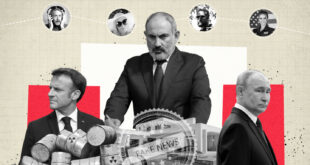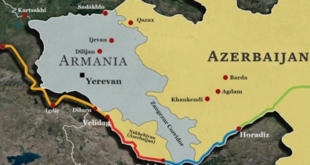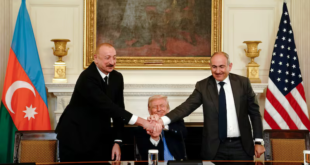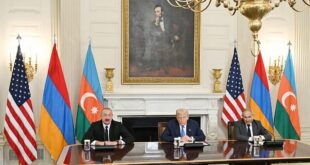Bank of Russia would like to find out how the Russian population will react if the 1-kopeck and 5-kopeck coins get withdrawn from the circulation, as Director of Department of Cash Circulation of Russia’s Central Bank, Alexander Yurov, said at the conference entitled “Circulation of Cash Currency: Models, Standards, Trends”. Â
“Central Bank of the Russian Federation with the participation of a specialized organization is conducting the work on obtaining the results of the population’s attitude to this problem,” he said when he promised that this job will be completed by the end of this year.
Â
According to the estimates of the Central Bank of the Russian Federation, at the current level of prices the withdrawal of 1-kopeck and 5-kopeck coins from circulation will not cause any inconvenience, and the expenses on production and servicing of the lower-denomination coins are very high.
Â
Bank of Russia has already addressed to the government with the request to revise the expediency of the existence of lower-denomination coins, but so far the discussion is still going on, as Moscow-based Interfax news agency reported.
Â
Russia’s Central Bank believes that 1-kopeck and 5-kopeck coins are supposed to be withdrawn from circulation because the minting has become costly due to inflation.
Â
“These coins are certainly unprofitable. Their cost is twice as high as their nominal price,” First Deputy Chairman of Central Bank Georgy Luntovsky admitted earlier. According to Russia’s Central Bank, most of the coins go to remelting anyway. “People are making good money on them: they buy them at their face value and then resell them at a much higher price. This is why we are for solving this problem in one way or another.”
Â
Head of Russia’s State Mint (“Department of State Insignia”), Andrei Trachuk, was the first one to say in late March that it would be a good idea to get rid of pennies (1-kopeck coins) and to round off the prices. Although, he took it back later on, still the idea received a widespread support. “We are minting the coins, transferring them to the Central Bank, which in turn transfers them to commercial banks, and from there they go to the commercial networks. And then… they disappear. I.e. they are not participating in the circulation at all,” as Director of Russia’s State Mint was complaining. – “One could, for example, pass the law to round off the prices to even 10 kopecks. That will solve the problem with the small change.”
Â
Kavkaz Center
 Eurasia Press & News
Eurasia Press & News



